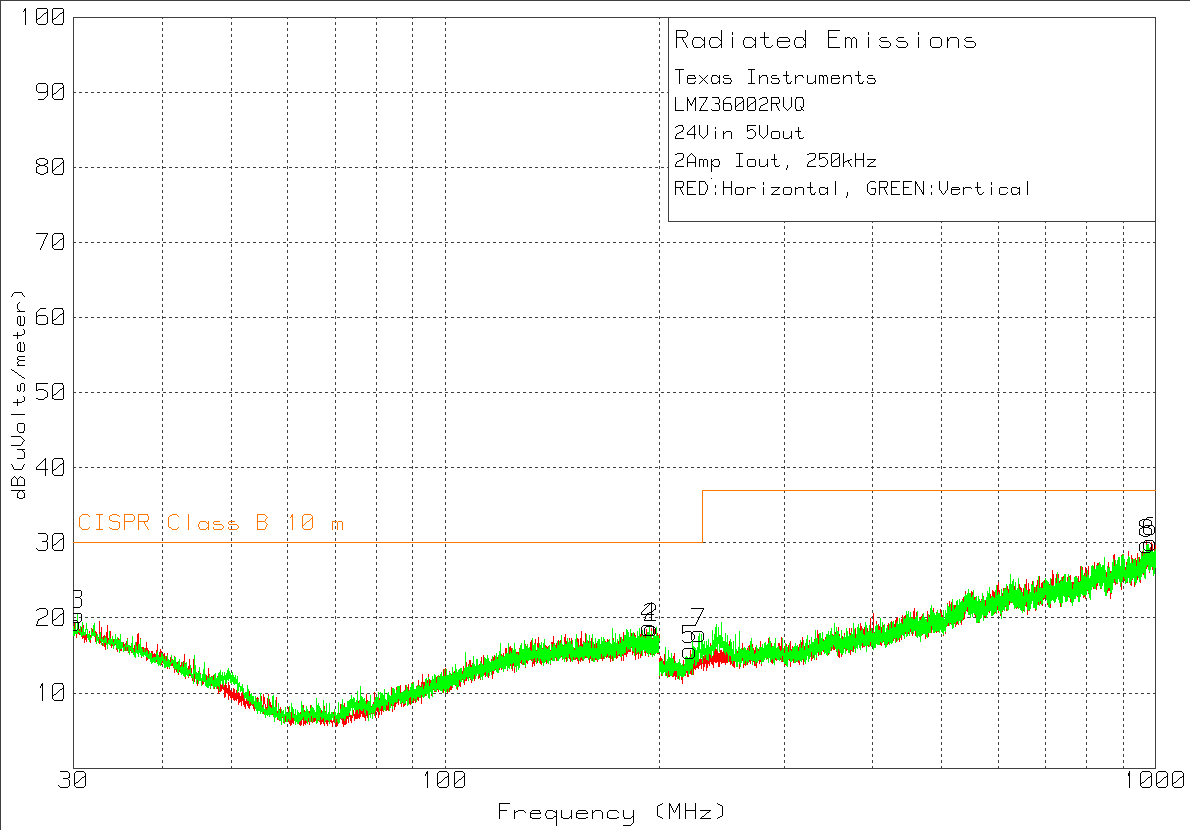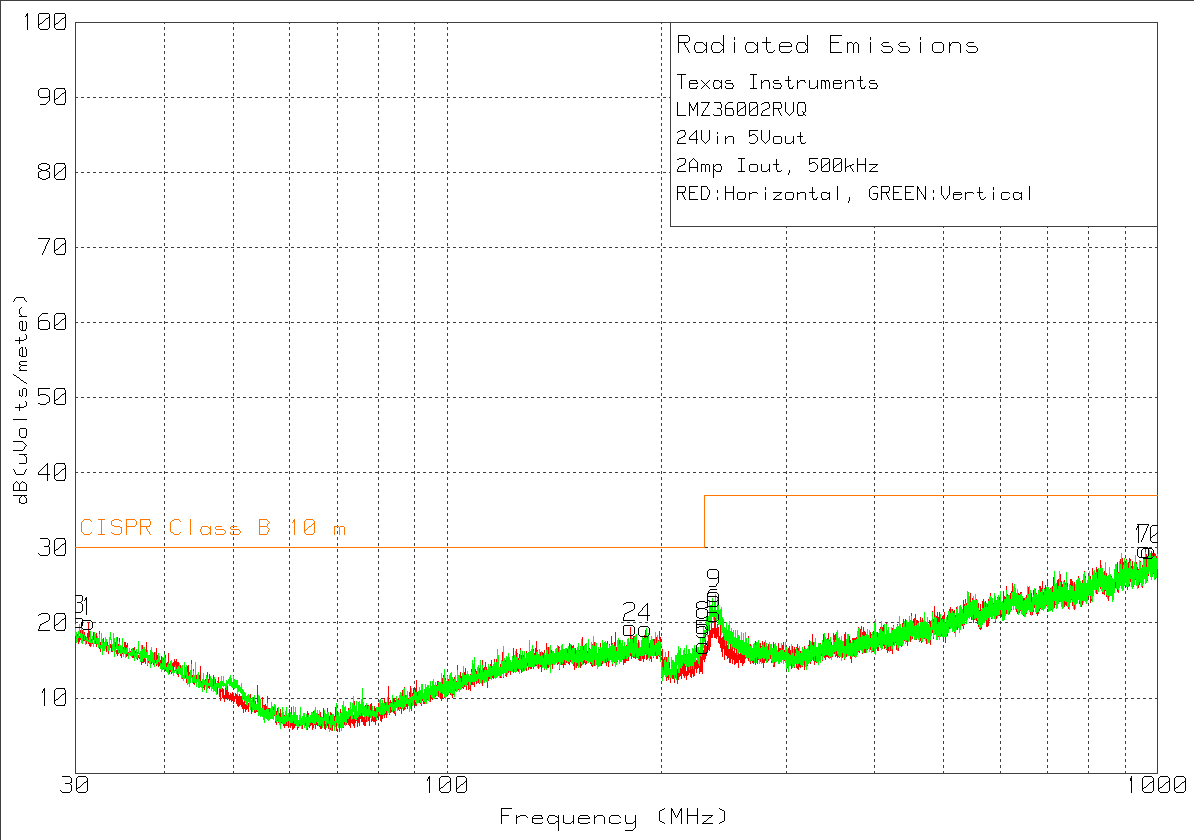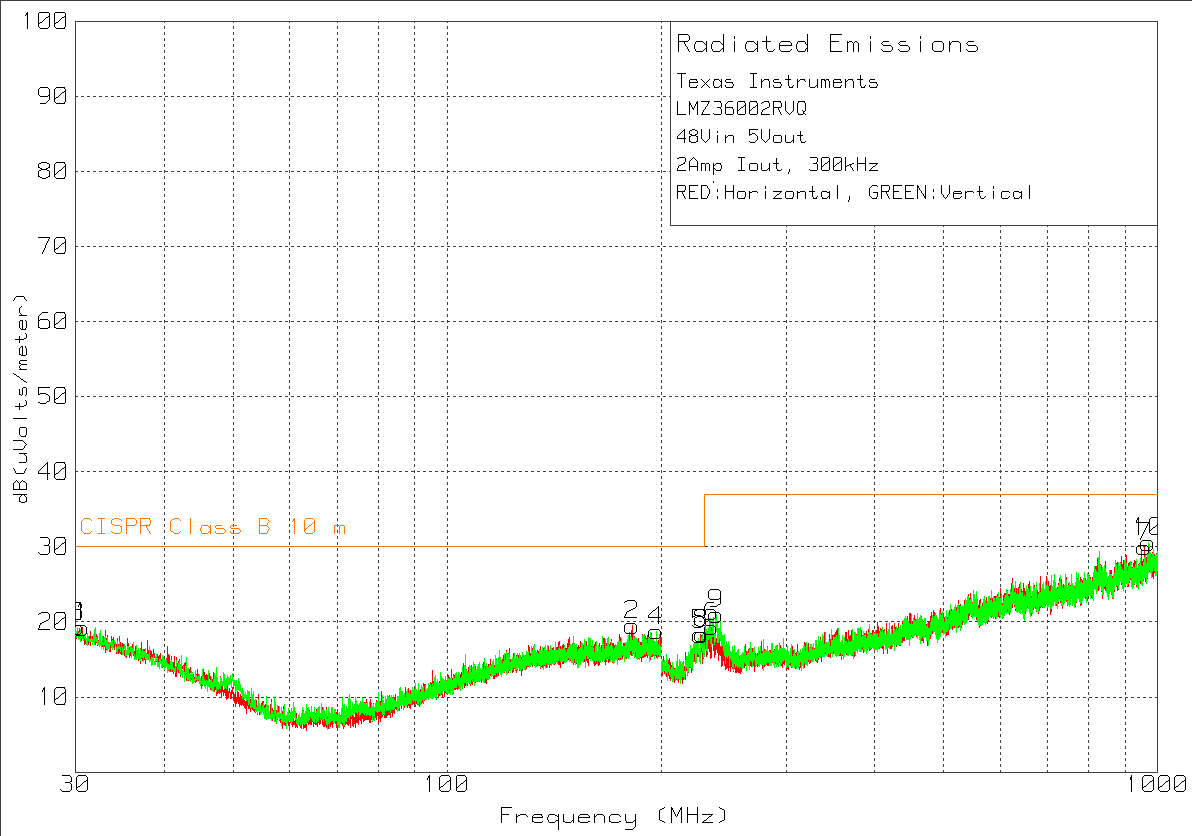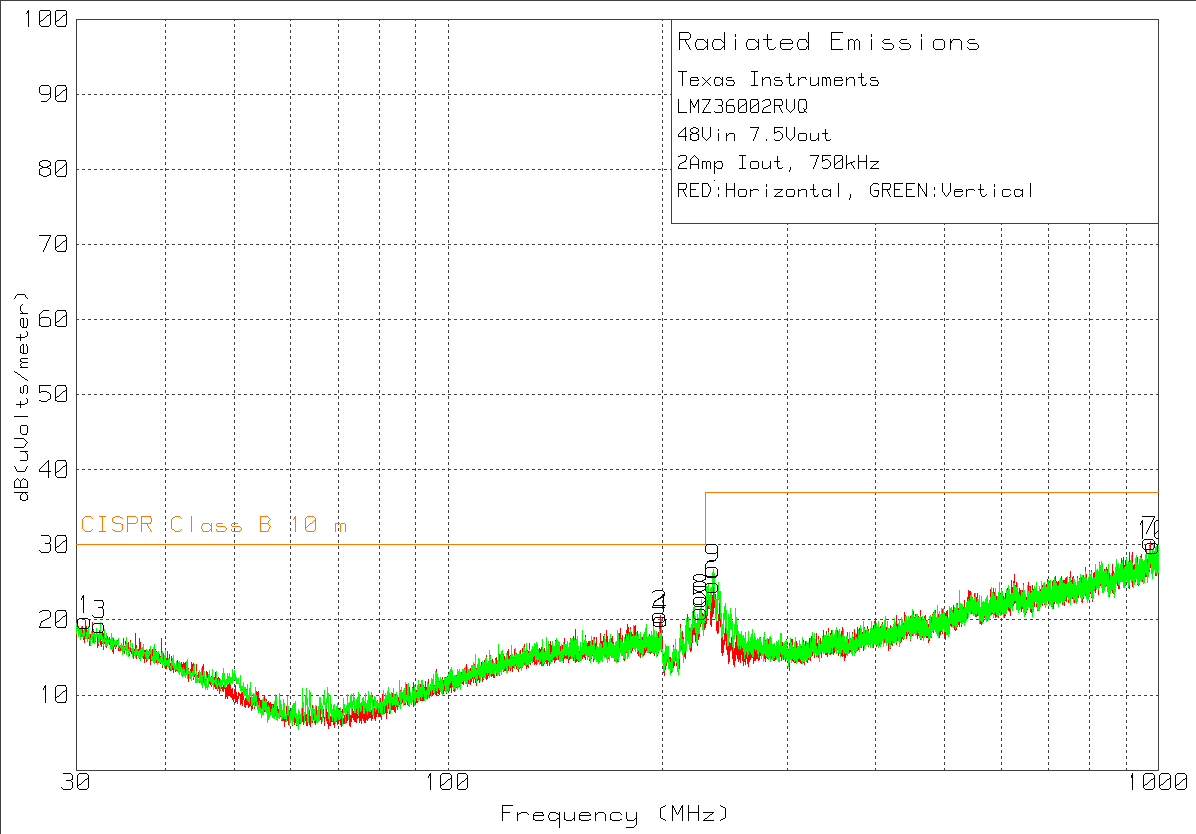SNVSA92D September 2015 – June 2018 LMZ36002
PRODUCTION DATA.
- 1 Features
- 2 Applications
- 3 Description
- 4 Revision History
- 5 Pin Configuration and Functions
- 6 Specifications
-
7 Detailed Description
- 7.1 Overview
- 7.2 Functional Block Diagram
- 7.3
Feature Description
- 7.3.1 Adjusting the Output Voltage
- 7.3.2 Switching Frequency (RT)
- 7.3.3 Recommended Operating Range
- 7.3.4 Synchronization (CLK)
- 7.3.5 Output Capacitor Selection
- 7.3.6 VERSA-COMP Pin Configurations
- 7.3.7 Input Capacitor Selection
- 7.3.8 Output On/Off Inhibit (INH/UVLO)
- 7.3.9 Under Voltage Lockout (UVLO)
- 7.3.10 Remote Sense
- 7.3.11 VBSEL
- 7.3.12 Soft-Start (SS/TR)
- 7.3.13 Power Good (PWRGD) and Pull-up (PWRGD_PU)
- 7.3.14 Overcurrent Protection
- 7.3.15 Thermal Shutdown
- 7.4 Device Functional Modes
- 8 Application and Implementation
- 9 Power Supply Recommendations
- 10Layout
- 11Device and Documentation Support
- 12Mechanical, Packaging, and Orderable Information
Package Options
Mechanical Data (Package|Pins)
- RVQ|43
Thermal pad, mechanical data (Package|Pins)
Orderable Information
10.3 EMI
The LMZ36002 is compliant with EN55022 Class B radiated emissions. Figure 42 through Figure 45 show typical examples of radiated emissions plots for the LMZ36002 operating from 24 V and 48 V. Both graphs include the plots of the antenna in the horizontal and vertical positions.
 Figure 42. Radiated Emissions (EN55022 Class B)
Figure 42. Radiated Emissions (EN55022 Class B)
24-V Input, 5-V Output, 2-A Load, 250 kHz
 Figure 44. Radiated Emissions (EN55022 Class B)
Figure 44. Radiated Emissions (EN55022 Class B)
24-V Input, 5-V Output, 2-A Load, 500 kHz
 Figure 43. Radiated Emissions (EN55022 Class B)
Figure 43. Radiated Emissions (EN55022 Class B)
48-V Input, 5-V Output, 2-A Load, 300 kHz
 Figure 45. Radiated Emissions (EN55022 Class B)
Figure 45. Radiated Emissions (EN55022 Class B)
48-V Input, 7.5-V Output, 2-A Load, 750 kHz